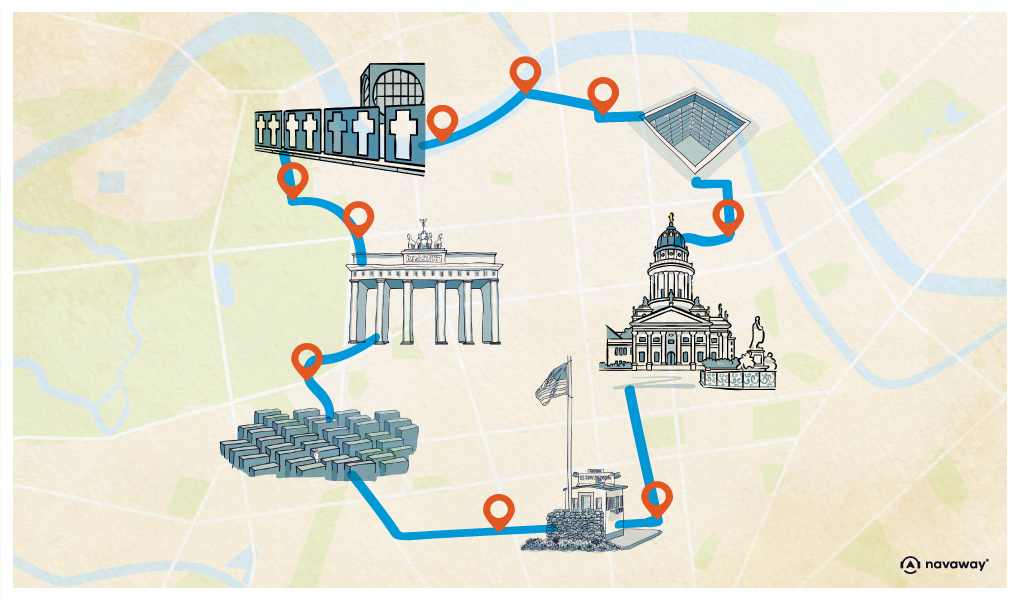
Reichstag Palace
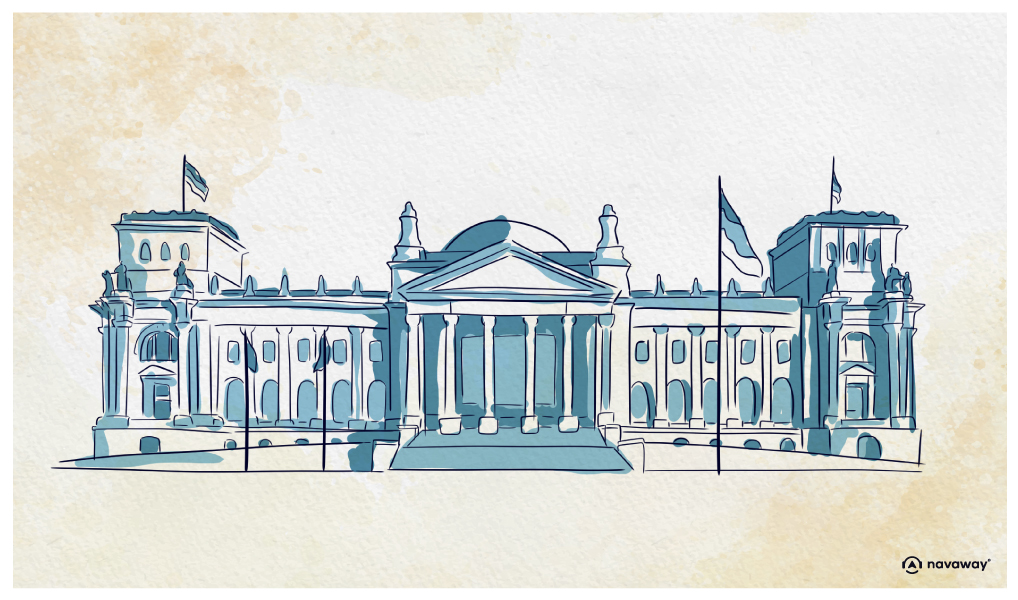
This point of interest is available as audio on the tour: Visit Berlin, On the other side of the wall
The Reichstag Palace has played a significant role in Berlin’s history. As its name suggests, it was originally built for the Reichstag, the parliamentary assembly of the vast German Empire, founded in 1871 by Otto von Bismarck. It was constructed in 1884 in a late Renaissance style. The structure is perfectly symmetrical, adorned with statues and columns, and even features a magnificent glass dome. In 1918, following the abdication of Wilhelm II, the Hohenzollern monarchy was abolished, and the palace became home to the parliament of the Weimar Republic. At that time, Germany had a president as head of state and a chancellor as head of government. Unfortunately, this emerging democracy didn’t last long! In 1933, a great fire reduced the Reichstag to ashes. The Nazi party used this fire as a pretext to legally bring down the left-wing opposition and persecute political opponents. The Nazis accused the communists of having orchestrated the fire. This is the incident that paved the way for Hitler, who was chancellor at the time, to seize power, presenting his party as the defender of order and security in Germany. The day after the fire, the German president signed a decree proposed by Adolf Hitler—a series of emergency laws that drastically curtailed civil and political liberties. In less than no time, opponents of the Nazi party were sent to Dachau, the first concentration camp that had just been opened, to be “re-educated”. To this day, we still don’t know the full story of the fire, but one thing is certain: the theory of a communist conspiracy was never fully proven. Some historians believe the fire was actually orchestrated by the Nazis themselves as a means to tighten their grip on power. Regardless, the Reichstag fire marked the end of the Weimar Republic. Just two weeks after the parliamentary elections, the far right passed the Enabling Act after having secured an absolute majority, effectively putting an end to Germany’s young democracy. In the following years, the Nazis consolidated their power, and it wasn’t long before World War II erupted. As early as the first bombings of Berlin, the Reichstag was severely damaged and this destruction would continue over the course of the war. In 1945, the Red Army reached the heart of the German capital and targeted the Reichstag, mistakenly believing it to be the seat of power. The soldiers hoisted the Soviet flag atop the building, and this image of propaganda spread worldwide. The Reichstag lay in ruins. Its dome, too damaged to be salvaged, was demolished, and restoration efforts stretched over many years. In 1949, a new German parliament was established: the Bundestag. The federal ministers elect the chancellor based on the federal president’s proposal. And yes, many people forget, but Germany does have a president. Though primarily a ceremonial figure, the president plays a crucial role in maintaining the separation of powers—it’s better to be safe than sorry. It’s worth noting that the German parliament was based in Bonn from 1949 until 1999. It was only after reunification that the decision was made to return to the Reichstag Palace. Before its official reopening, the building was wrapped in thousands of square meters of silver fabric by the artist duo Christo and Jeanne-Claude. In 1994, the renowned British architect Norman Foster led a full renovation of the Reichstag, and its glass dome was finally restored. Today, the dome offers breathtaking panoramic views of the city—and best of all, entry is free! You just need to register online. If you don’t see any available slots, don’t worry—head to the visitor center anyway, as there may still be some space for you. The tour includes free audioguides available in multiple languages, providing you with commentary on the different landmarks visible from the dome.

Discover other tours to visit Berlin

Discover Berlin with app
An interactive guide through the most beautiful streets, squares, and districts
30 fun audioguides full of historical facts, anecdotes, and legends
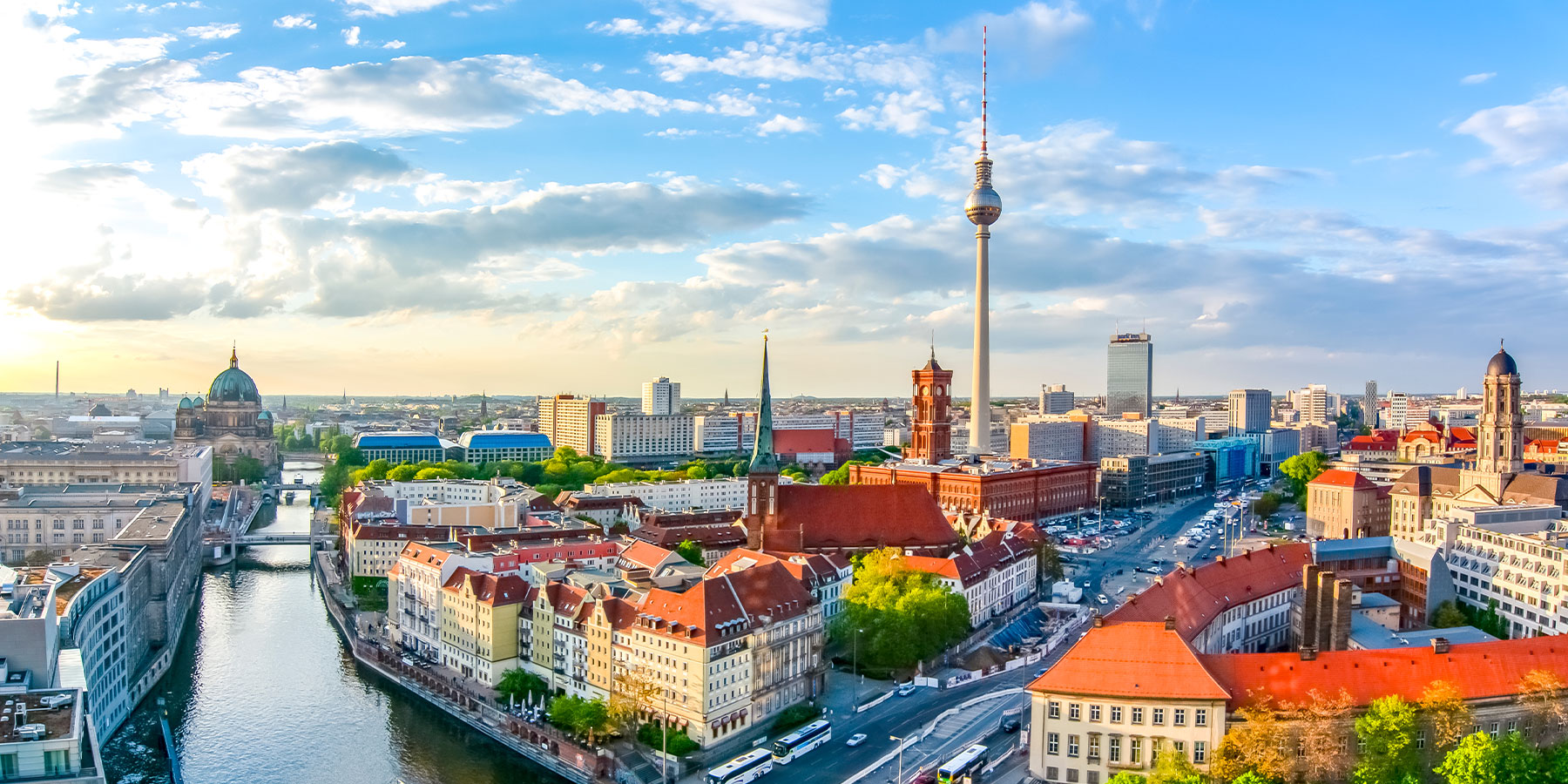

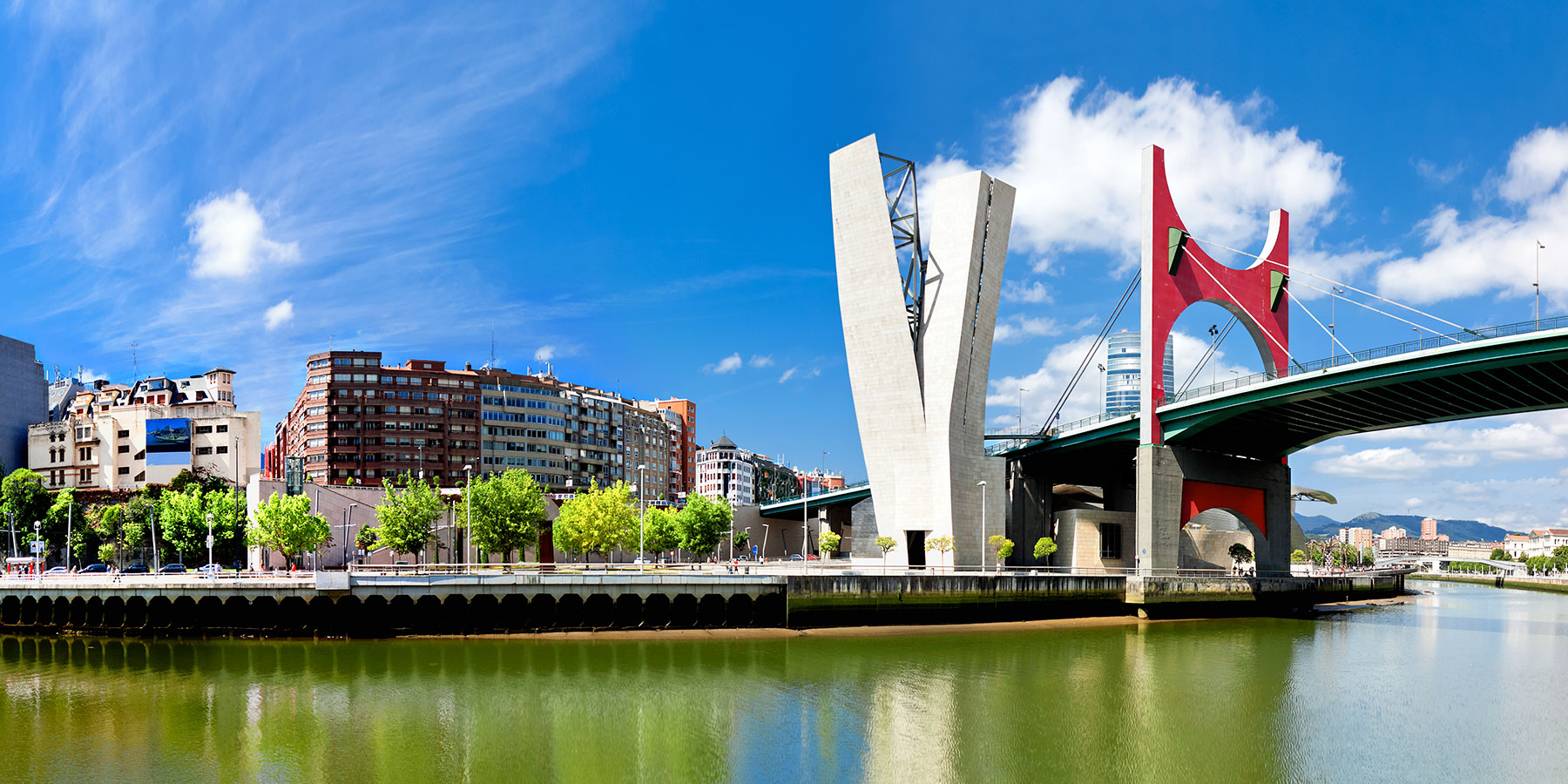
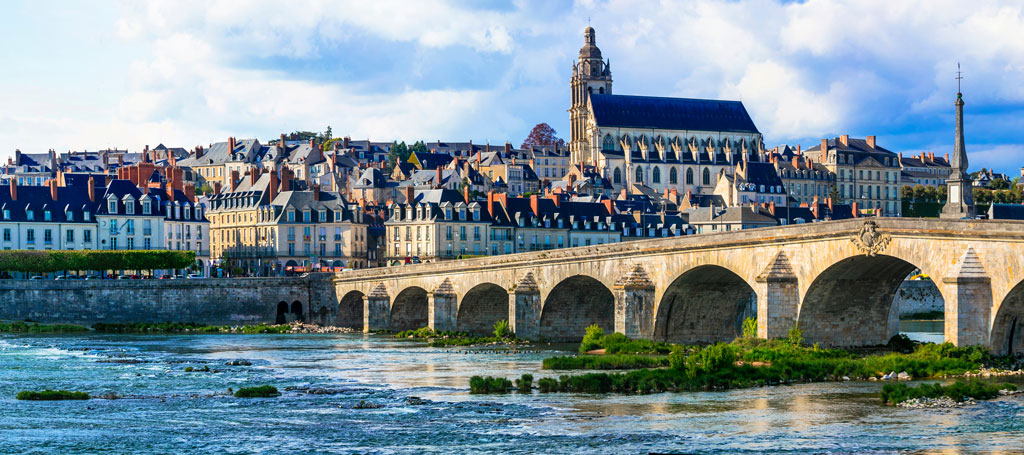


Comments